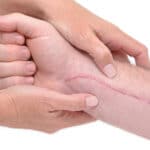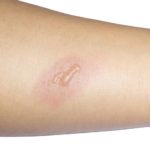
Keloid scars are one of the most stubborn and challenging types of scarring to treat. More than just a cosmetic concern, these thick, raised scars can cause discomfort, itching, and even emotional distress. Whether they form after surgery, injury, acne, or piercings, keloids can continue to grow beyond the boundaries of the original wound and… Read more »







